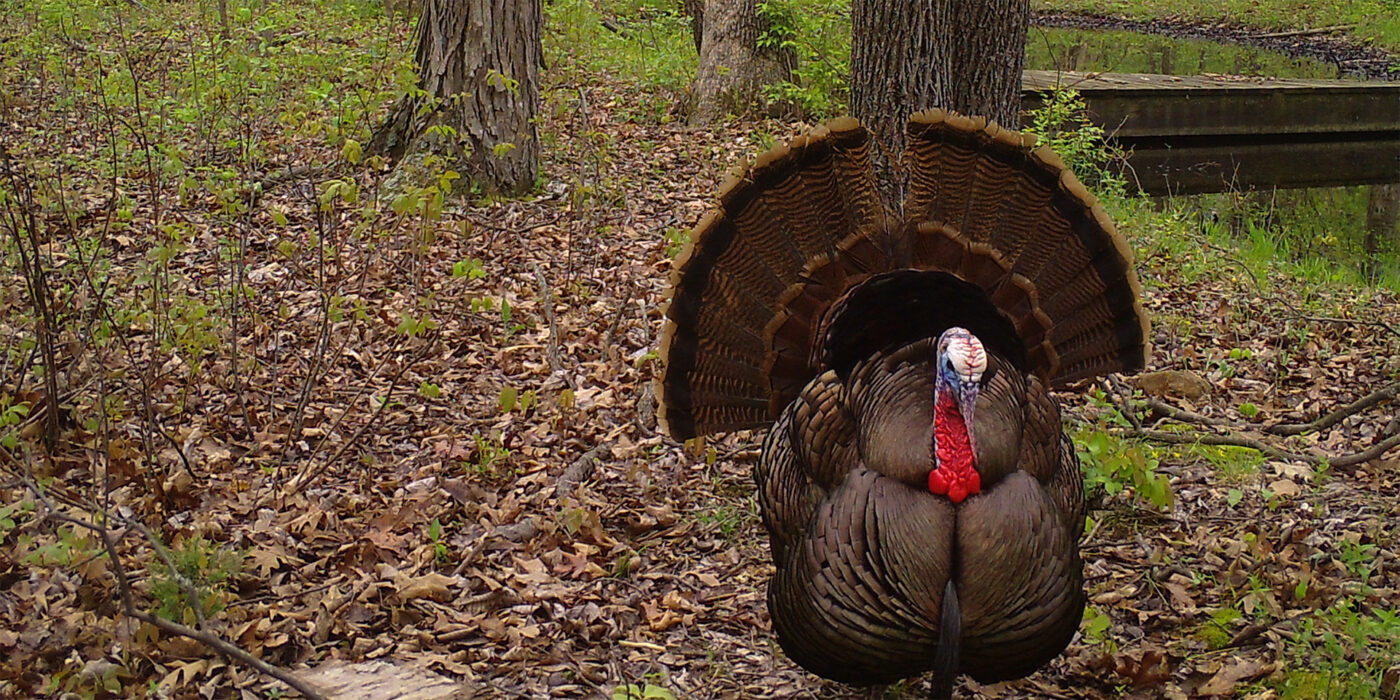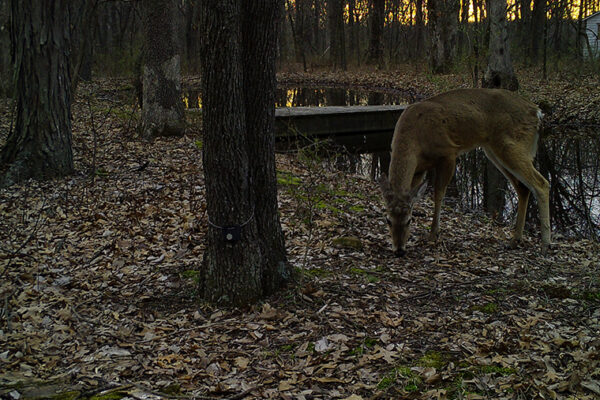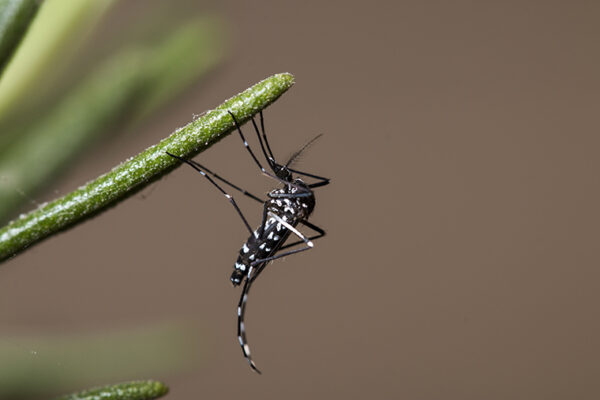Missouri’s wild turkeys might live closer than you think.
Trail cameras set up in green spaces along an urban-to-rural gradient stretching from the Gateway Arch National Park to Eureka, Mo., have captured 567 pictures of wild turkeys as part of the St. Louis Wildlife Project.
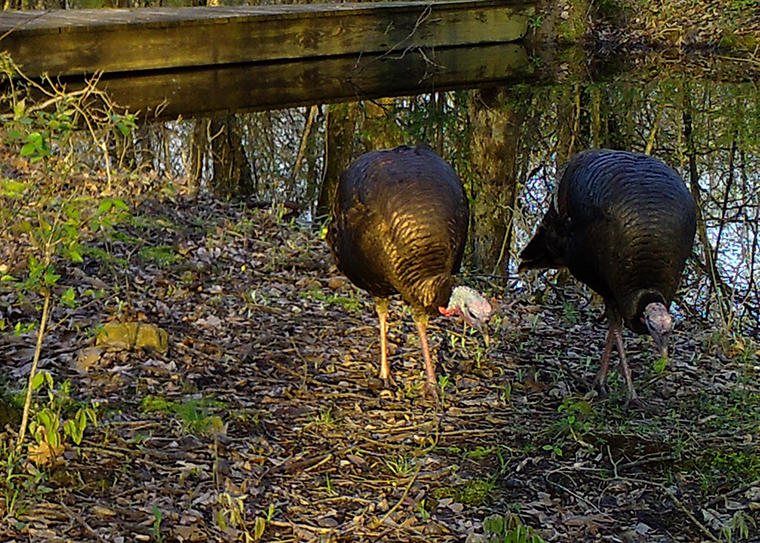
“We just wrapped up our fall sampling period, which begins our fourth year of data collection,” said Solny Adalsteinsson, a staff scientist at Washington University’s Tyson Research Center who also teaches in the university’s environmental studies program in Arts & Sciences.
Including the wild turkeys, 25 species of animals have been identified in photos analyzed by citizen scientists and undergraduate researchers. The team has collected 192,414 photos, including those that represent 27,883 local animal detections.
In the past year, project scientists have experimented with recording bird songs and bat calls, in addition to their standard photo identification methods.
“Wild turkeys are special because they are the only bird species that we photo-tag in our project,” said Whitney Anthonysamy, assistant professor of biology at the University of Health Sciences and Pharmacy in St. Louis (UHSP), a project collaborator. “They turn up in many of our camera locations along our urban-to-rural transect.”
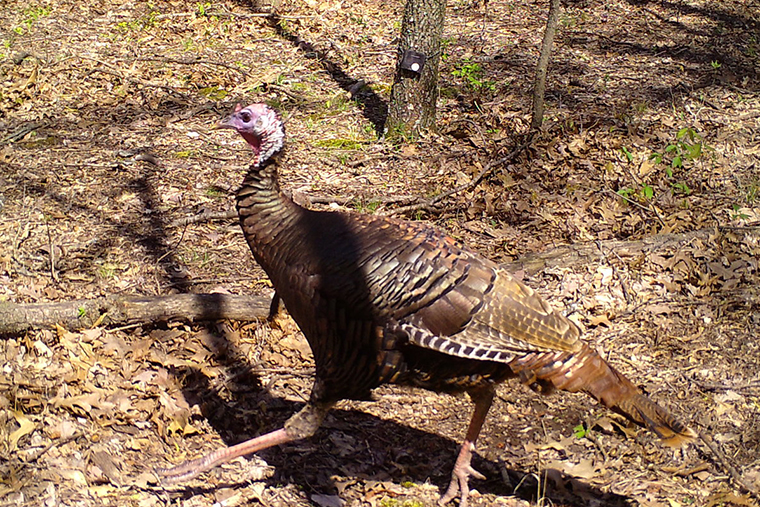
Data from the St. Louis Wildlife Project has helped inform six undergraduate research projects in 2020 and 2021 — including one that examined the impact of COVID-19 lockdowns on raccoons (hint: as human activity declined, raccoons got more gutsy). The team also recently added new trail cam photo collection sites at Peace Park, Terry Park and Harris-Stowe State University in St. Louis city.
The St. Louis Wildlife Project was established in 2018 as a collaboration between biologists at the UHSP and Tyson Research Center. Through this project, St. Louis serves as a partner city in the Urban Wildlife Information Network (UWIN), an initiative based at the Lincoln Park Zoo in Chicago, whose purpose is to document and study urban wildlife around the world.
“We are always looking for volunteers to help identify animals in our photos, which is a great indoor winter activity that can be done from anywhere,” Adalsteinsson said. Those who might be interested can contact stlwildlifeproject@gmail.com.
“Our volunteer base has been a wonderful help to catalog each species we find in our photos,” said Beth Biro, a staff scientist at Tyson Research Center. “Without their help, we would not be able to contribute St. Louis data to the UWIN publications or be able to provide research opportunities for our students.”
